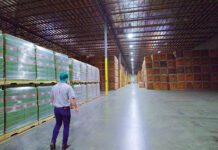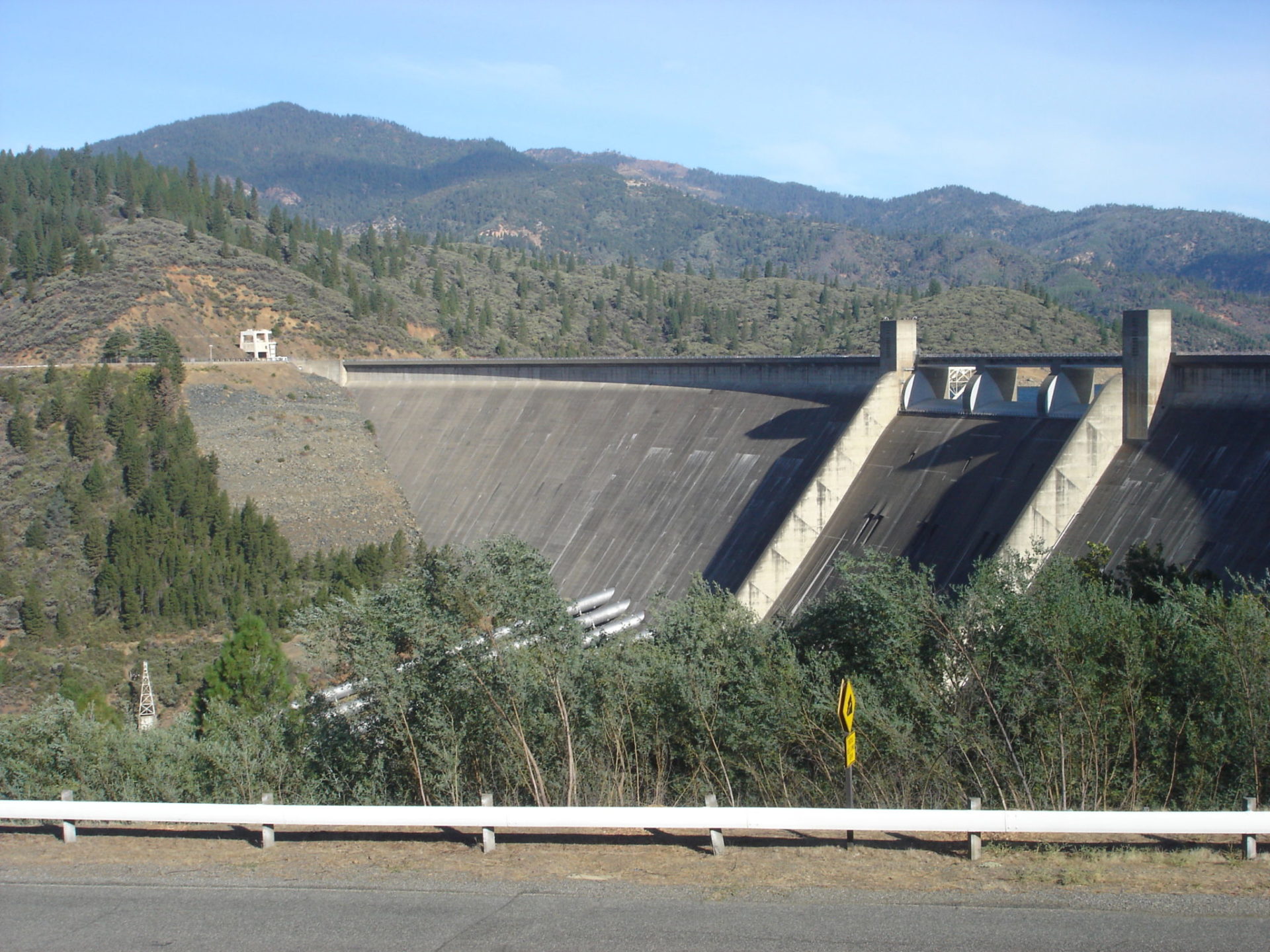
As the news cautiously turns to a discussion of getting back to work, we’re all trying to envision, and plan for, what our new world will look like.
In California, one issue we still must deal with is ensuring an adequate water supply for people, farms and the environment. And while there are hopeful signs of a new, cooperative path forward between all water users, putting a new policy structure in place is just part of the solution. The good news is, there are things that can be done to improve our existing infrastructure that could produce benefits now.
As the federal government considers another round of stimulus legislation, one of the things on the table is a list of shovel-ready water projects. Californians are used to thinking of water projects as massive undertakings that could be in process for decades. While these larger projects are still important, there are a host of smaller projects, ready to go, that could make an immediate difference in the state’s water supply—if only they had funding.
Much of our existing water infrastructure is aging and in need of repair. Some of the fixes would be small in overall dollars when you consider the breadth of the federal stimulus effort, but significant in terms of benefit.
Install Concrete Canal Linings
Many of our canals that move water around the state were built decades ago. California loses a significant amount of water when it seeps out of these aging conveyances. Lining canals with concrete could save thousands of acre-feet of water. One proposed project estimates that lining 10,000 linear feet of canal would save 5,000 acre-feet of water every year. That’s enough water to meet the household needs of 31,000 people or produce 80 million salads.
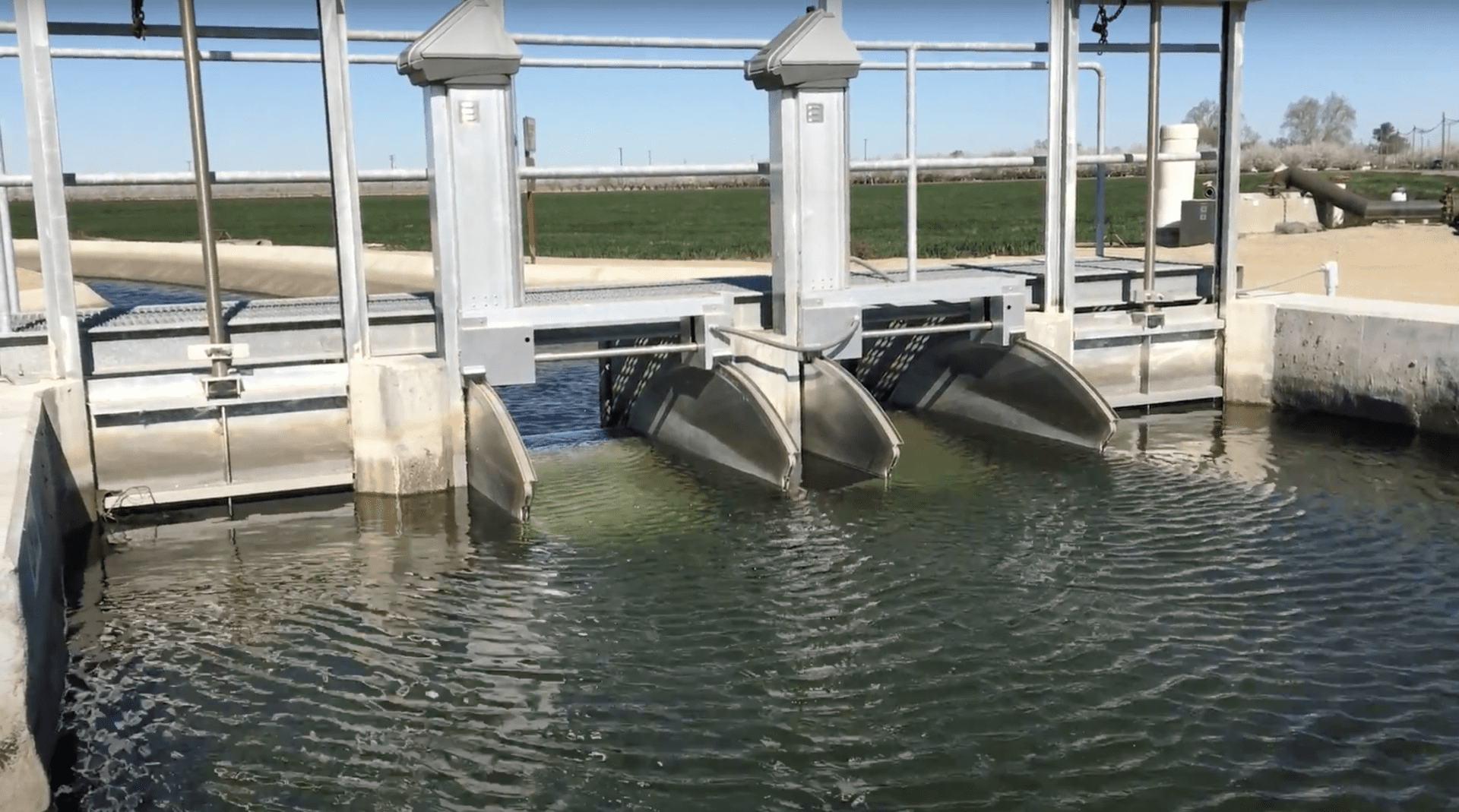
Repair Cracks in Tunnels
Tunnels have carried water throughout California for more than a century and are another example of water conveyance in need of repair. As they age and develop cracks, we can lose significant amounts of water. Repairing those existing tunnels can be accomplished relatively quickly and could save a lot of water that would otherwise simply be lost.
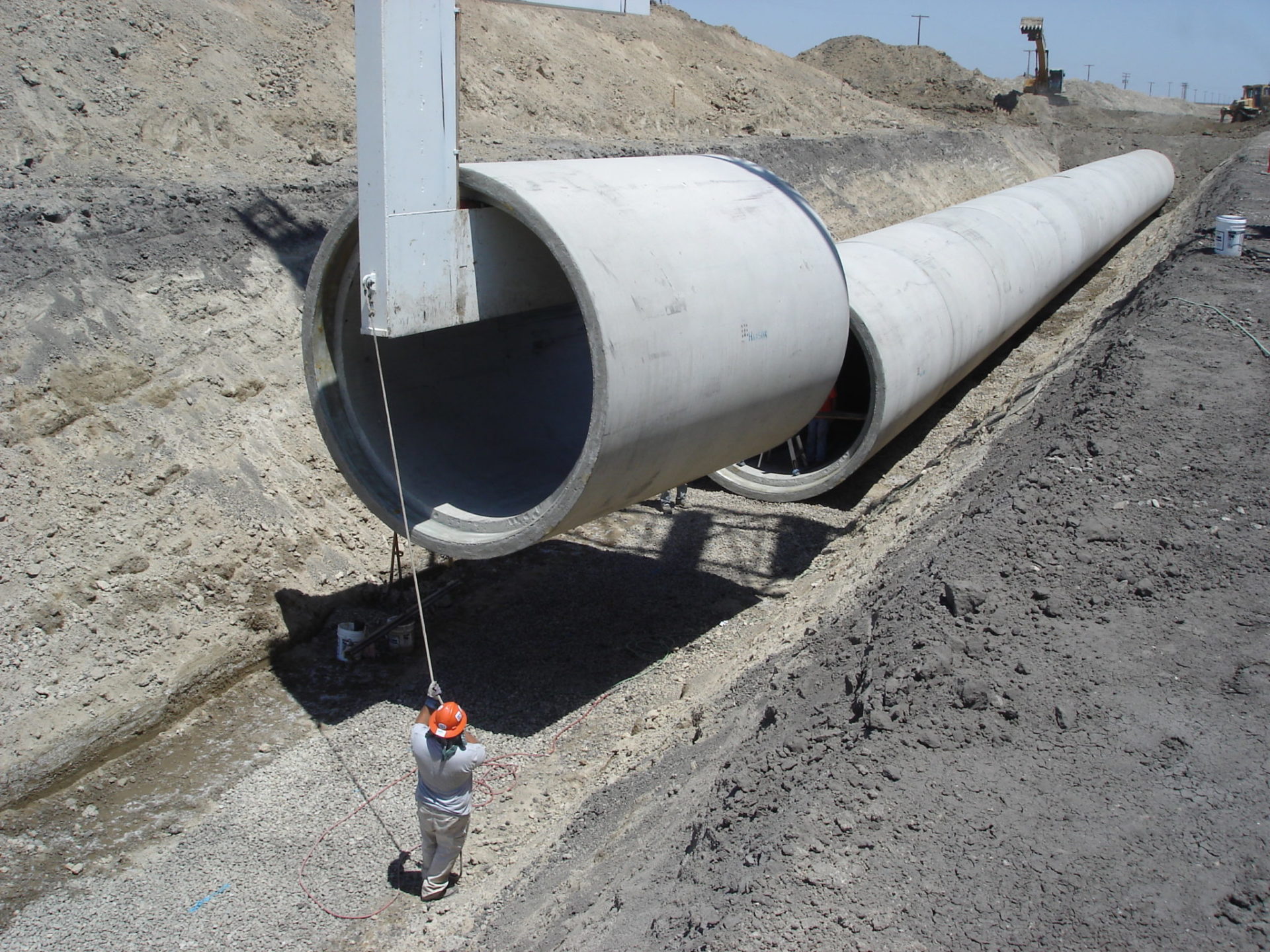
Upgrade Gates at Dams and Reservoirs
Water stored in reservoirs is managed with gates and valves that regulate its flow. But when the parts of these structures begin to wear and start leaking, that leaked portion of our water supply is no longer efficiently managed. Making overdue repairs to ensure this vital infrastructure doesn’t leak is just common sense.
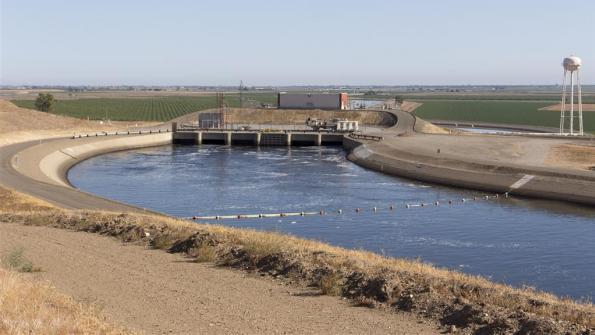
Increase Storage Capacity of Existing Structures
Californians have witnessed the shifting weather patterns in our state. When precipitation does come down, we’re seeing a tendency towards more rain and less snow. And our water years tend to boomerang between very wet and very dry, making water storage even more critical. Capturing water in wet years for use when it gets dry is something the public supports, and it can take decades to plan and build the infrastructure we need. While larger projects are in process, there are things we can do to increase storage now. One of them is increasing the storage capacity of existing dams, which is cost effective and can bring quicker results.
Fish Screens and Other Environmental Protections
Increasing our ability to protect fish allows us to more safely move the water that is needed by all Californians. The science behind fish screens shows us they work, and installing them where they can improve fish protections is an investment in both water supply and the environment.
California farmers produce more than 50 percent of the nation’s fruits, nuts, and vegetables and we’ve seen throughout the corona virus pandemic how critical it is to keep our food supply moving from farm to grocery store. Supporting these cost-effective, timely, common sense measures will help make our water supply more reliable for all Californians. And that’s something we can all get behind.









